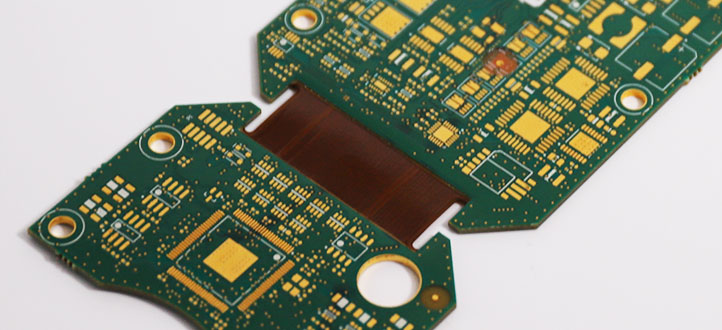What is PCB copy board?

PCB manufacturing requires the processing of PCBs based on their design blueprints, transforming them into finished PCBs. However, in situations where design blueprints are unavailable, the only way to create a finished PCB is through PCB copy, commonly known as PCB reverse engineering. Let's take a detailed look at the meaning of PCB copy!
PCB copy, also known as PCB cloning, refers to the reverse engineering of a PCB. It involves inferring and analyzing the drawing files, component lists, and other production data from a finished PCB, and then recreating an identical copy. The replicated board must be consistent with the original one, including PCB substrate materials, parameters, functionality, production processes, and other essential aspects. PCB copy can be simply understood as copying and imitating the PCB board. However, in reality, PCB copy is not merely about simple replication. It is a form of reverse research technology. By copying PCBs, we can not only achieve a 1:1 reproduction of the original circuit board but also use this as a foundation for further PCB development, modification, or redesign, aiming to optimize and upgrade products.
The PCB copy process involves several steps. First, the circuit board needs to be scanned, recording parameters such as the positions, spacings, and orientations of electronic components on the board. Then, electronic components are disassembled, and a material list is created, followed by the procurement of relevant materials. Finally, the PCB is manufactured according to the PCB fabrication process, resulting in the finished product. After successful copying, the board needs to undergo testing. If the functions and performance align with those of the original board, the copying is deemed successful. However, if there are discrepancies in performance or parameters, the issues need to be analyzed, and the process might have to be restarted. Copying relatively simple PCB boards, such as single-layer or double-sided ones, is relatively easy and doesn't take too long. On the other hand, copying multilayer PCBs can be more challenging, and the copying process might take longer!
Overall, the article is well-written and effectively conveys the concept of PCB copy, the process involved, and its applications. Great job!

